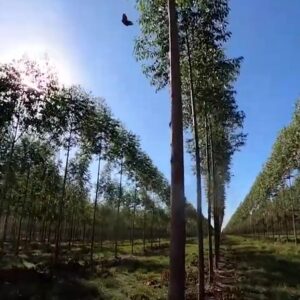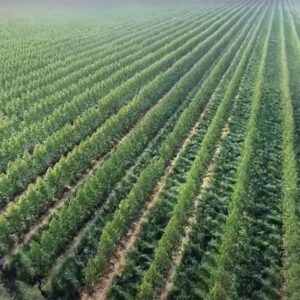The problem of tropical forests: reclamation after logging

Tropical forests in Central and South America play a critically important role in the global ecosystem, hosting more than half of all known species of plants and animals. However, deforestation in this region has reached alarming proportions. While forests in the north can naturally regenerate over time, tropical forests do not have the same capacity for self-recovery. The main reason for this lies in the unique composition of the soil and the ecosystem of the tropics.
The soil of the tropical forest is usually red clay. Organisms living on the surface, temperature conditions and the catalytic activity of clay ensure the rapid decomposition of organic matter – fertilile layer as such is not formed.
The soils of tropical forests are poor in nutrients, as most of the organic matter and nutrients are contained not in the soil but in the living biomass of the forest. After logging and the removal of this biomass, the soil quickly degrades, and grasses and shrubs start to dominate, hindering the natural regeneration of the forest. Unlike northern forests, where wildfires can contribute to forest renewal, wildfires in tropical forests are extremely rare and usually have catastrophic consequences for the ecosystem.
The Use of Heavy Machinery and Plows for Forest Reclamation
In conditions where natural regeneration of tropical forests is difficult, the use of heavy machinery and plows becomes necessary for forest restoration. In Central and South America, mechanized reclamation methods are actively used. Heavy equipment loosens the soil, facilitating the planting of seedlings and reducing competition with weeds. Plows also help restore the microrelief of the soil, improving water retention and increasing the survival rate of young trees.
